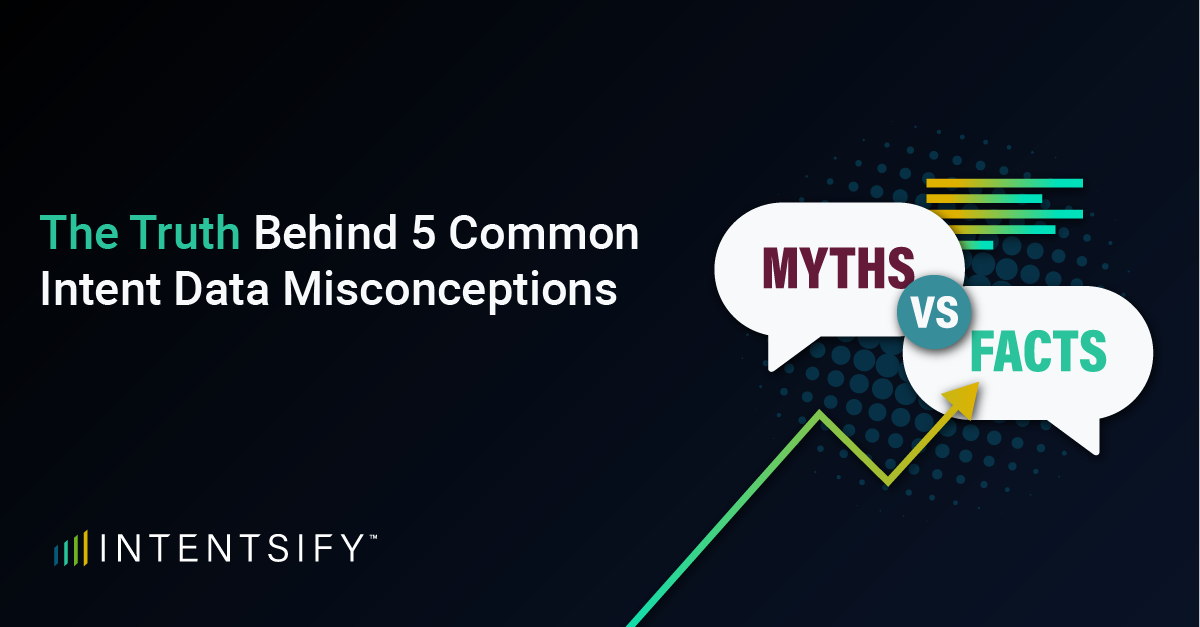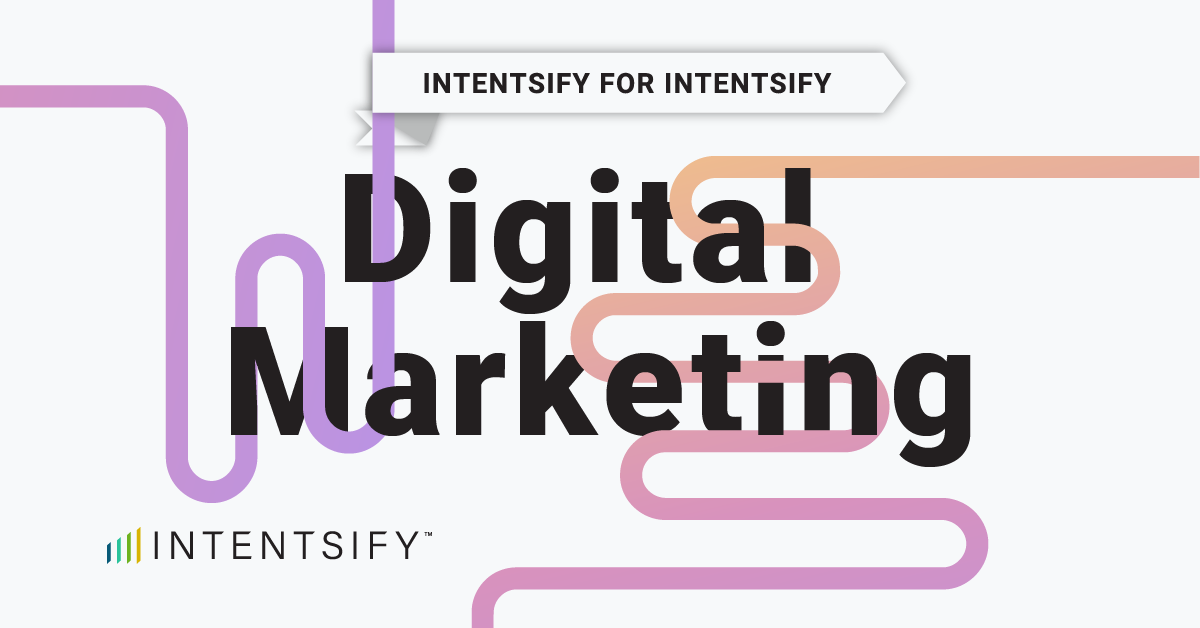Intent data has emerged as a powerful tool for many go-to-market use cases–the most common ones being the detection of in-market accounts and tailoring outreach and content to the topics and solutions they are researching. Yet, despite its growing popularity and adoption, misconceptions about intent data remain. These misbeliefs can hinder companies from reaping the full benefits of this invaluable resource.
In this blog post, we will reveal the truths behind five common misconceptions and how you can leverage the facts to unlock the true value of intent data.
Myth #1: You need a perfect Ideal Customer Profile (ICP) to use intent data.
While having a well-defined ICP is beneficial, it’s not a prerequisite for leveraging intent data. In fact, intent data can help you discover hidden gems outside your traditional ICP by revealing companies actively expressing interest in your solution or your competitors’ solutions. Start with a general understanding of your target audience and use intent data to refine it based on who is researching solutions like yours. Identify patterns in the companies exhibiting high-value intent and analyze their characteristics. This can broaden your perspective and uncover new potential customers you might have missed otherwise.
Myth #2: Intent signals are not accurate and therefore unreliable.
You may have heard this before but it’s true–not all intent data is the same. The quality and accuracy of the data vary significantly depending on several factors, including data sources, tracking methodologies, and scoring algorithms. Some providers monitor a limited taxonomy of generic topics without any visibility into the source of the intent signal which makes it difficult to grasp the context of the account’s research behaviors.
Choose providers who rely on diverse data sources (e.g., first-party, co-op, publisher, social, review site) and transparent methodologies tailored to your company’s use cases and needs. Look for details on how they identify and score intent signals and prioritize providers with contextual understanding and real-time updates.
Myth #3: Intent data is just for identifying in-market accounts and content or messaging selection.
While these are common use cases, the applications for intent data extend far beyond. Intent data can fuel effective campaigns and conversations across the entire customer lifecycle.
You can also use intent data to:
- Outmaneuver your competitors: Tailor your talk track to highlight why your solution is better than the other solutions your target accounts are researching.
- Optimize marketing campaigns: Identify high-intent keywords and topics to focus your search engine optimization and paid advertising efforts.
- Improve lead scoring: Integrate intent data into your lead scoring model to prioritize leads based on their purchase intent and your own first-party data.
- Select the right engagement channels and tactics: Locate where prospects are in their buyer’s journey to determine whether marketing, sales, or customer success should engage and which channels to leverage to do so.
- Prevent customer churn and find upsell opportunities: Identify customers exhibiting interest in other solutions and take proactive steps to retain or upsell them based on the categories they are showing interest in.
Myth #4: Accounts showing intent will result in a closed deal.
Intent data provides valuable insights into a company’s buying needs and interests, but it’s not a magic bullet for creating and closing an opportunity. It’s evidence, not proof. It’s important to understand the topics your accounts are researching–whether it indicates high-level research or specific purchase behaviors–as well as the source, frequency and recency of the signals to determine your next best action.
For example, if a company is researching broader industry-level topics (e.g., inbound marketing best practices), they may be earlier in the research process and may need to be nurtured before a seller reaches out. However, if they are viewing a vendor comparison on a review site or researching “top marketing automation platforms”, this may indicate they are in an active buying cycle and ready to engage with sales.
Myth #5: Implementing intent data is complex and expensive.
The complexity and cost of using intent data depends on the type of provider you choose and the resources available to help you leverage the intent data effectively. For example, ABM platforms offer a wide range of features and capabilities, but they can be costly and time-consuming to implement, and you may not need all the bells and whistles that are included. Campaign execution firms offer fully managed services, which can help you keep costs down and improve your intent data outcomes if you have limited resources, but not all firms offer a wide variety of data sources. Learn more about the different types of intent data providers.






